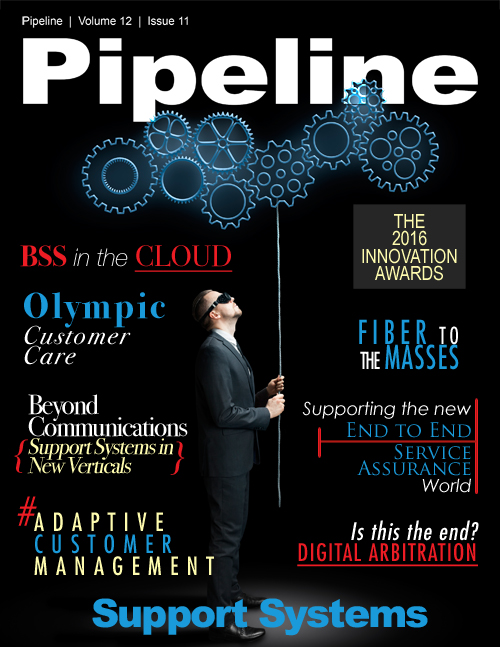Beyond Communications: Support Systems in New Verticals
By: Tim Young

As the communications landscape continues to change and digital transformation creates strange new bedfellows, upends traditional processes and infrastructures, and threatens to render even the most entrenched vendor/CSP relationship obsolete, providers of the business and operations support systems that have been the lifeblood of the industry for decades are left with a new challenge. They must find ways to move forward and find new customers. One way to do so is to break out of their traditional communications, media and entertainment footprint and instead offer their services and wares in new industry verticals.
It makes a lot of sense. The traditional OSS/BSS vendors have spent years developing agile products and solutions to make big, complex businesses and networks more efficient and more profitable. So it’s a natural extension of that well-established business model to use similar solutions and products to improve other comparable industries.
“The potential for the ICT (information and communications technology) industries affecting adjacent industries is – in my belief – profound,” said Dr. Catherine Mulligan, a research fellow in the Innovation and Entrepreneurship group at Imperial College London who studies new economic structures enabled by the digital economy. “We are moving into an era where digital technologies are not just being used as tools to improve efficiency and effectiveness but also completely redefining how industries other than ICT will function.”
Of course, we’re seeing new technologies being applied to existing business models every day. Mulligan used ride-sharing apps such as Uber as an example: “A disruptive application created by the combination of a huge number of smartphones, GPS and the ability to build large-scale platforms due to cheap computation and broadband.”
And in many ways, this overlay of communications technologies on top of older business models goes hand-in-glove with wider movements toward connected cities the growing Internet of Things. When more objects are connected to the network, those devices need managing and new business models emerge. Smart-grids are another example, as are telematics, and interesting examples also exist in retail.
But where this all gets interesting, from an OSS/BSS standpoint, is when the business models that have worked remarkably well with increasing network efficiency or billing efficiency can be directly applied to these verticals.
Utilities are a prime example, and smart-grid is just the start. With smart meters and sensors in place, the grid can operate far more efficiently. And systems designed to handle heterogeneous networks can certainly provide some lessons for a power infrastructure that is increasingly dealing with power generated in many ways and using diverse resources, with peak periods of power generation as well as peak periods of power consumption.
And not only can support systems tackle the organization of huge utility networks, the more scalable solutions can also handle distributed energy delivery at a community level. Mulligan cites SolarCoin—a U.S.-based company that handles solar power generated in private residences or businesses and is sent to the grid-- as an example.
But other utilities are ripe to get in on the action as well, and not only on the distribution side.





















